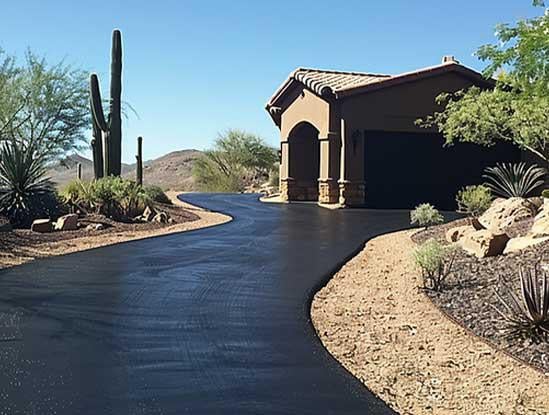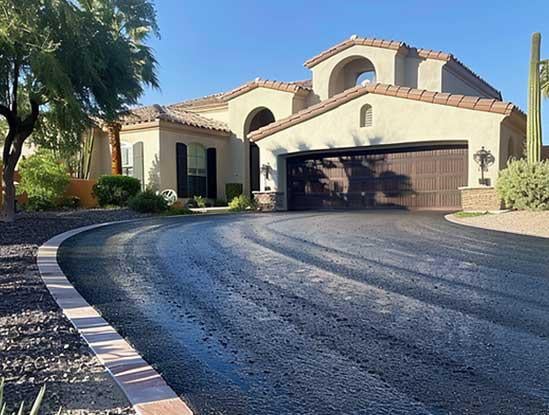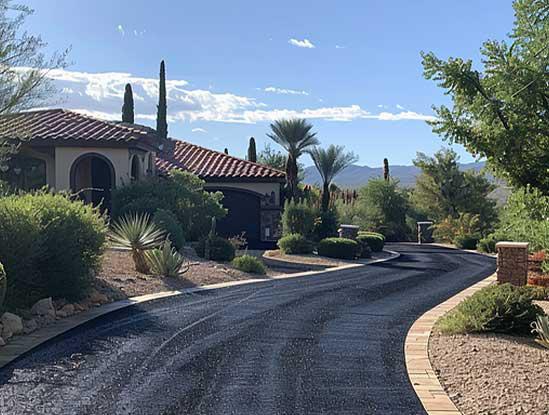Seal Coat 101
Seal coating is a crucial maintenance process that involves applying a protective layer to asphalt surfaces. This treatment helps to safeguard your pavement from the damaging effects of weather, traffic, and chemicals, while also enhancing its appearance.
Understanding the Seal Coating Process
-
Surface Cleaning: The asphalt surface is thoroughly cleaned to remove dirt, debris, and any existing oil or grease spots.
-
Crack Filling: Any cracks or holes in the pavement are filled with a crack filler.
-
Sealant Application: A layer of liquid sealant is applied. This sealant is typically a mixture of asphalt or coal tar pitch, water, and additives.
-
Drying Time: The sealant needs time to dry and cure, typically taking 24 to 48 hours.
-
Second Coat (if needed): For added durability, a second coat of sealant may be applied after the first coat has dried.

Benefits of Seal Coating
-
Protection from Elements: Seal coating shields the asphalt from the sun's UV rays, water, oil, and chemicals that can cause deterioration.
-
Extended Lifespan: By protecting the asphalt from damage, seal coating can significantly extend the life of your pavement.
-
Enhanced Appearance: Seal coating gives asphalt surfaces a fresh, black finish, improving curb appeal and making your property look amazing.
-
Improved Surface: The sealant fills minor cracks and smooths out rough surfaces, providing a safer and more comfortable surface.
-
Cost-Effective Maintenance: Regular seal coating is a cost-effective way to maintain your asphalt surfaces, preventing expensive damage.

Why You Might Need Seal Coating
-
Faded or Gray Asphalt: If your asphalt surfaces are looking faded or gray, seal coating can restore their rich, black color.
-
Visible Cracks and Wear: Seal coating fills small cracks and smooths out wear, preventing water from seeping in and causing further damage.
-
Preventative Maintenance: Regular seal coating every 2-3 years is a proactive way to protect your investment and ensure your asphalts lifespan.
-
High Traffic Areas: Areas with heavy vehicle or foot traffic benefit from the added protection of seal coating, which helps withstand wear.

